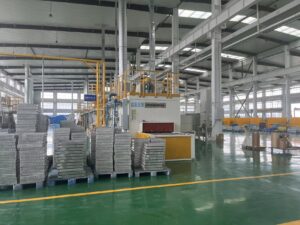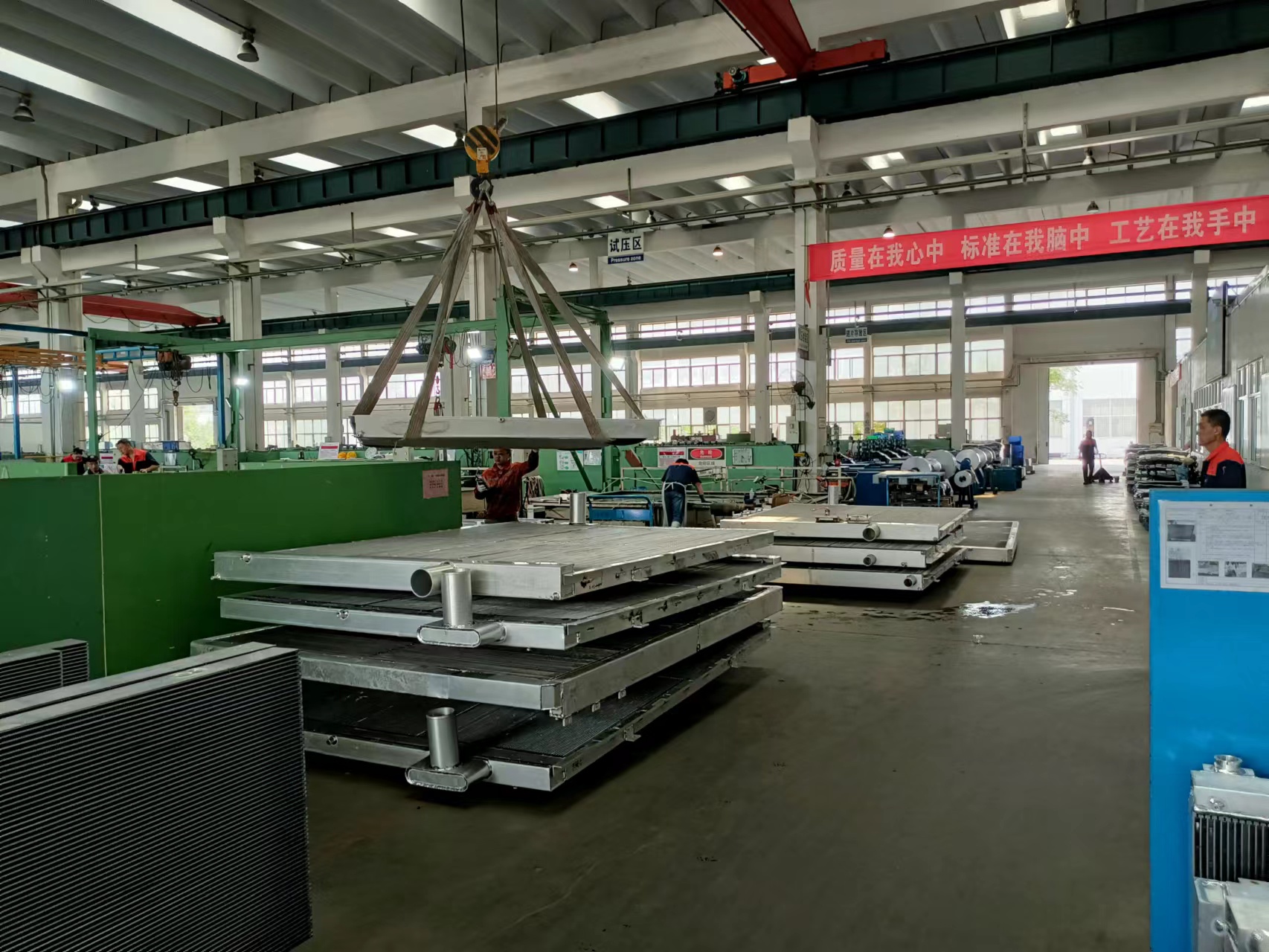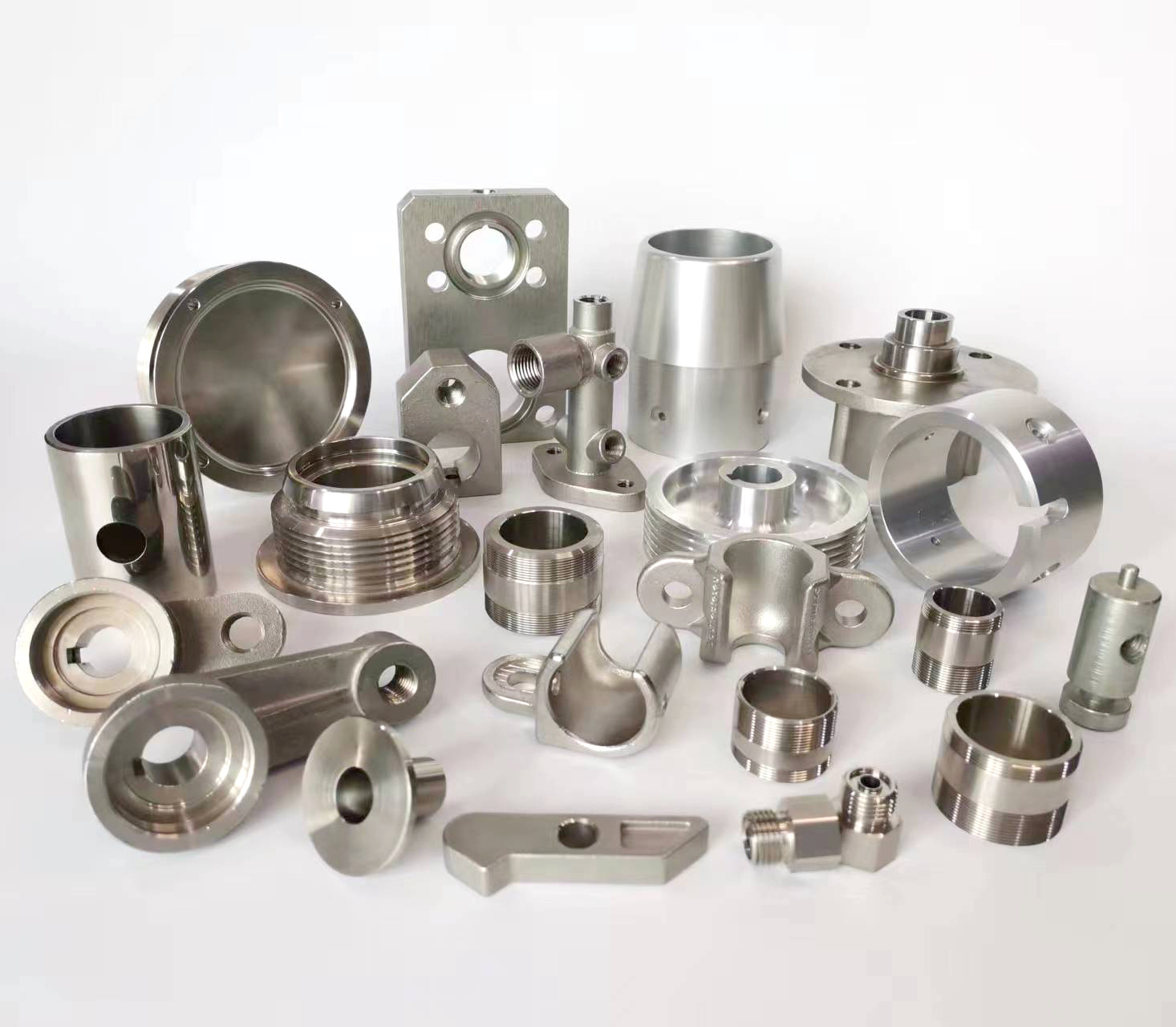
Cold drawing and hot rolling are two fundamental metal forming processes with distinct principles, procedures, and outcomes. The primary difference lies in the temperature at which the metal is processed relative to its recrystallization temperature.
1. Hot Rolling
Definition: Hot rolling is a metalworking process where the metal is heated above its recrystallization temperature (typically over 1000°C for steel) and then passed through a series of rollers to achieve the desired shape and dimensions.
Key Characteristics:
Temperature: The process occurs at high temperatures, making the metal more malleable and easier to shape.
Recrystallization: As the metal is deformed, its grain structure is broken down. However, because the temperature is so high, new, strain-free grains form immediately through recrystallization. This results in a new, uniform, and finer grain structure.
Material Properties:
Lower Strength and Hardness: The reformed grain structure is generally softer and more ductile compared to the pre-worked state.
Good Toughness and Formability: The material is well-suited for subsequent forming operations.
Minimal Work Hardening: Since recrystallization occurs simultaneously, the effects of strain hardening are eliminated.
Surface Finish: The surface has a characteristic bluish-gray oxide layer known as “mill scale.” This surface is generally rougher and less dimensionally precise.
Dimensional Tolerances: Tolerances are wider and less precise due to thermal contraction and scaling during cooling.
Internal Stresses: Generally produces minimal residual internal stress.
Common Applications:
Structural shapes (I-beams, channels, angles).
Railroad rails.
Sheet metal for automotive frames.
Large-diameter pipes and tubes.
Blooms, billets, and slabs as raw material for other processes.
Advantages:
Requires significantly less force and energy to deform the metal.
Can produce very large sections.
Improves material toughness and refines the grain structure from a cast state.
Disadvantages:
Poor surface finish due to oxidation (mill scale).
Less precise dimensional control.
Lower mechanical strength compared to cold-worked products.
- Cold Drawing
Definition: Cold drawing is a process performed at or near room temperature, well below the metal’s recrystallization point. The material is pulled (drawn) through a die to reduce its cross-section and change its shape.
Key Characteristics:
Temperature: The process is conducted at ambient temperature.
Grain Structure: The existing grain structure of the metal is distorted and elongated in the direction of drawing. No recrystallization occurs.
Material Properties:
Significantly Increased Strength and Hardness: This is a direct result of strain hardening or work hardening. The dislocation density within the crystal structure increases, making it harder for the metal to deform further.
Reduced Ductility: The metal becomes less malleable and more brittle.
Precise Mechanical Properties: The degree of hardening can be precisely controlled by the amount of reduction.
Surface Finish: Excellent surface finish with a smooth, clean, and often shiny appearance. There is no mill scale.
Dimensional Tolerances: Very tight and precise tolerances can be maintained.
Internal Stresses: The process introduces high levels of residual internal stress, which can lead to warping if not relieved (e.g., through stress-relief annealing).
Common Applications:
Precision shafts and mechanical components.
Small-diameter tubes and pipes with precise dimensions (e.g., for hydraulic systems).
Wires (e.g., for springs, cables).
Bars with excellent surface quality for machining.
Advantages:
Superior surface finish.
Excellent dimensional accuracy and consistency.
Increased strength and hardness.
No heating is required, saving energy costs.
Disadvantages:
Requires more powerful equipment and higher forces.
Limited amount of deformation per pass to avoid cracking.
Material becomes less ductile, often requiring intermediate annealing for further processing.
Cannot produce as large a range of shapes and sizes as hot rolling.
Summary Table: Key Differences at a Glance
| Feature | Hot Rolling | Cold Drawing |
| Processing Temperature | Above recrystallization temperature | Room temperature (or slightly elevated) |
| Grain Structure | Reformed, equiaxed, and finer grains | Distorted, elongated, and work-hardened grains |
| Strength & Hardness | Lower | Significantly Higher |
| Ductility | Higher | Lower |
| Surface Finish | Rough, with mill scale | Smooth, shiny, and precise |
| Dimensional Tolerance | Less precise, wider tolerances | Very precise, tight tolerances |
| Internal Stresses | Low | High (residual stresses) |
| Force/Energy Required | Lower force | Higher force |
| Primary Effect | Grain refinement & shaping | Strain hardening & shaping |
| Typical Products | Structural sections, rails, plates | Precision tubes, wires, shafts, bars |
Conclusion
In essence, the choice between hot rolling and cold drawing depends entirely on the final application’s requirements.
Use hot rolling when you need to create large shapes economically, where superior strength and surface finish are not critical, and when you need a ductile material for further hot working.
Use cold drawing when you require high strength, excellent surface quality, and precise dimensional control for high-performance or finished components. The trade-off is the loss of ductility and the need for more controlled processing.





